|
Players: 1-4 Platform(s): Nintendo 3DS If you’re even a slight fan of the Pokémon franchise, you are likely aware of the way that they generally release a ‘definitive’ version of each game before moving on to the next iteration (i.e. Yellow, Crystal, Emerald and Platinum). In that sense, Pokémon Ultra Sun and Ultra Moon are the definitive versions of Pokémon Sun and Moon. With a game like this, there are always two types of people who’s experience with the game will vary greatly: new players and existing players. Game Freak has always tried their best to balance features in a way that appeals to both camps but has rarely been successful in pleasing both sides. Pokémon Ultra Sun/Ultra Moon (henceforth USUM) is interesting for several reasons. When it comes to the main story, you’re not getting much new here. It’s essentially the same as the previous Alola games, though there are things in the narrative that are streamlined or explained better to allow for a more fulfilling story. In the end, it’s still a game about a villain who wants to utilize the powers of Pokémon from other dimensions for our own world’s scientific gain. In the original games the villain was quite a bit harsher, and this made their redemption feel a lot more significant. This time around, all the bad guys’ personalities have been softened a bit, making the threat feel a lot less significant. This ends up making the entire narrative suffer, unfortunately, and was a really odd choice on the part of Game Freak. That being said, the cast is still some of the best in the franchise, and there’s a lot of fun moments that happen. On the flip side, we get to do a bit more regarding Ultra Space (the other dimension). This time around, we meet some people who are from Ultra Space and eventually get to travel to more areas of their world. This gives some much-needed depth to Ultra Space that was sorely missing in the original games. I just wish that the Ultra Recon Squad served a purpose in the narrative, rather than just being these random researchers and providing moral support. More often than not, they end up forcing the player to read through some long-winded conversations that ultimately accomplish nothing in the game at all. It’s a minor price to pay to be able to see a city in Ultra Space and some of these Ultra Beast’s domains, and all this added lore is stuff I was aching for in the original games. Besides minor quality of life improvements to the gameplay, there are a handful of additional features and changes to some of the puzzles. One of them is a brand new minigame that involves surfing on the back of Mantine. This is initially presented as a way of travelling between islands, but each level gets progressively harder and gives the player motivation to try and shoot for high scores. It’s a simple game that involves going up and down waves to keep up speed and avoid obstacles but is a fun diversion nonetheless. Another cool mode is the mini-game that involves you flying through space to travel through wormholes leading to various epic Pokémon such as Ultra Beasts and legendaries. On top of this, there are a three new Ultra Beasts added to the roster, with one of them even having the ability to evolve, along with a couple new forms for Necrozma (as seen on the covers of the games). There’s also a new mode in the Festival Plaza which allows you to use semi-random rented Pokémon to go through battles, like the old rental modes in the Pokémon Stadium games. This is a very welcome feature, and something I’ve always wanted. You level up your rank the more you win, which also levels up the opponent’s Pokémon as well as your single rental for your team. The rest of the ‘rentals’ are acquired via a pseudo-Street Pass function. The game doesn’t explain exactly how this works. On the rare occasion that I find another player’s Pokémon to use, they almost never have anything higher than the base level of 50. If you don’t end up passing by other players, then you are given random fillers at base level. This one requirement ends up killing the entire mode, since in my experience, most people don’t play this mode and thus don’t have anything higher than level 50. Once you get to higher levels the mode becomes practically unplayable without a proper level team. I’ve managed to push my way up to level 60, but I’ve had immense difficulty going any higher. I live in a populated area (Los Angeles), so not getting Street Passes is hardly the issue, it’s simply that nobody else plays this mode. Despite my immense excitement for the mode on paper, thanks to Game Freak forcing ridiculous requirements to be able to progress, the mode ends up becoming unplayable and wasted space. This made me very frustrated and sad, since I was so stoked upon hearing about this mode. The last, and to me, the most exciting addition, is a fun post-game story quest that involves Giovanni from the original Pokémon games trying to take over Alola. In the mess of wormholes caused by a main story event, leaders from various dimensions end up invading ours. The selling point is that in the dimensions they come from, they succeeded in their diabolical plans. Giovanni of Team Rainbow Rocket leads the group and ends up taking over Aether Paradise, transforming it into a castle. This castle is easily one of the best parts of the game, being filled with a bunch of creative puzzles inspired by the villain forts spanning the entire franchise. To top it off, you get to battle each of the leaders in some epic fights. This has to be one of, if not my absolute favorite, post-game story quests in the entire franchise. It helped tie the entire series together in a fun and creative way while giving the series a sort of closure, which gives them a lot more freedom for the next inevitable game in the series. With the Alola Dex being expanded to 400 rather than the 300 of the original games, I feel like USUM strikes a good balance between offering variety while keeping the number of Pokémon manageable for people who want to completely fill their Pokédex. As you can see, USUM is certainly filled with a good number of new features, making it one of the most compelling tertiary games in the franchise, but the question remains: is it worth the money if you’ve already played Sun and/or Moon? That’s a tough question. On the one hand, it’s a sort of slap in the face to us as players that Game Freak decided to nickel and dime us by releasing this as two separate versions rather than a single version as they’ve done in the past. On the other hand, with the usefulness of the GTS (which allows players to request and seek Pokémon online), the concept of exclusives isn’t that big a deal, devaluing the need to have two separate versions. The fact that USUM still has flipped day/night cycles (Ultra Sun is like a normal day, but Ultra Moon’s day is our night) may make one version more appealing than another. Ultimately, the only real choice is whether you want Lunala or Solgaleo to be the big important Pokémon during the story. Even then, the actual relevance in story and gameplay between the two is miniscule beyond them being a ‘special’ type of Ultra Beast. Which brings me back to wondering why in the world they’d make two versions. What’s even more irritating is that they still refuse to utilize any of the extra power of the New 3DS, and only enabled 3D in the Pokéfinder (picture) mode. To make matters worse, the little 3D that’s present is handled poorly, with extreme slowdown at times. Still, complaints aside, this is certainly one of the best and most fulfilling Pokémon experiences you can find, and it’s easy to recommend it to new players of the franchise or players who have been away a while. It’s a tougher sell for people who already played Sun and/or Moon. If you’re really into competitive play, then you have to get the new game since tournament support is only going to be for it, due to the addition of brand-new Pokémon. Beyond that, you’d have to weigh the value of the new features. For me, after playing the originals and the new game thoroughly (about 100 hours in the new game and 300 hours in the original), I didn’t find the extra features made the game worth playing again, even with my love of the Team Rainbow Rocket story. Nonetheless, being a competitive player meant I had to get it regardless. Overall, Pokémon Ultra Sun/Ultra Moon are the pinnacle of the series and offer the overall best experience you could possibly get with a Pokémon game. Despite some minor issues and complaints, it’s a marked improvement over the decline that we’ve been seeing after Ruby and Sapphire. New players will find plenty to love, while old players can likely find plenty to value in the new features. If you’re a completely new player and would like a complete and proper review of the core game rather than a review of the new features in USUM, take a look at my review of Pokémon Sun and Moon. Either way, I hope to see all you trainers online! - Teepu Gameplay: B+ Graphics: A Sound: A+ Value: A OVERALL: A Pros: + An expanded Alola Dex allows for a more natural variety of Pokémon for the player to experience. + Team Rainbow Rocket’s storyline is a magnificent culmination of the entire franchise. + A plethora of features, both old and new, give players plenty to do and enjoy. Cons: - Softened villains leave the story feeling like a walk in the park rather than an actual threat. - The Battle Agency’s ridiculous requirements cut the ability to progress in this mode for the average player. - Despite new features, previous players may find it difficult to justify replaying the games.
0 Comments
Leave a Reply. |
Search
Contributors◆ Angie
◆ Emily ◆ J.D. ◆ Janette ◆ JT ◆ Manuel ◆ Nestor ◆ Rose ◆ Sylvia ◆ Teepu ◆ Tiffany ◆ Winfield Archives
April 2025
|
© 2014-2025 A-to-J Connections. All Rights Reserved.

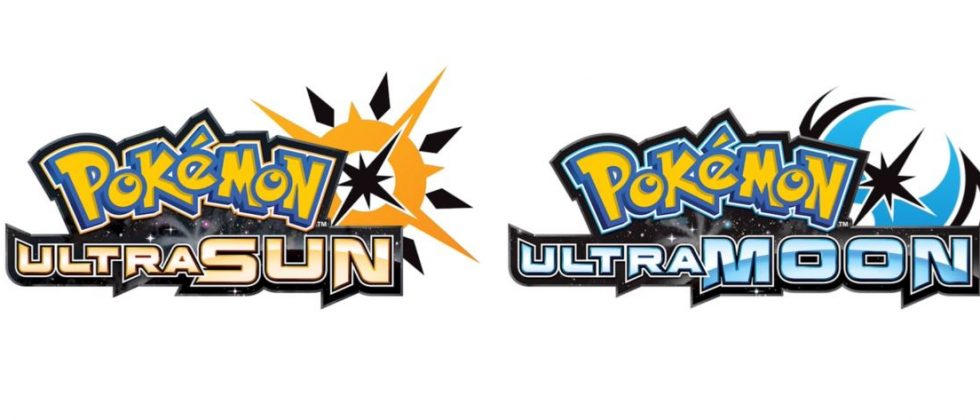

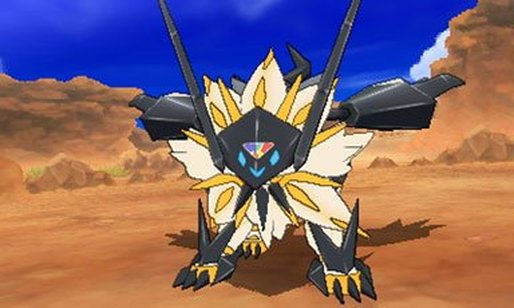

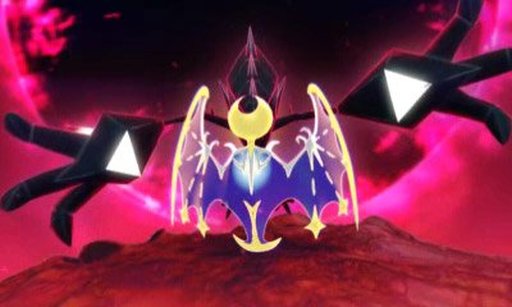
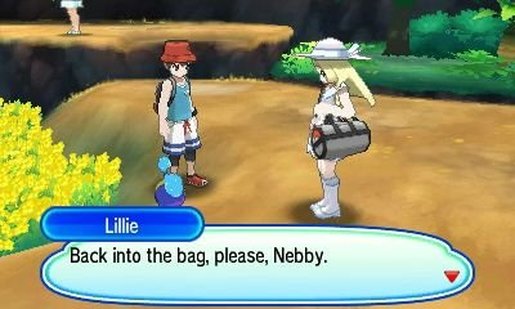
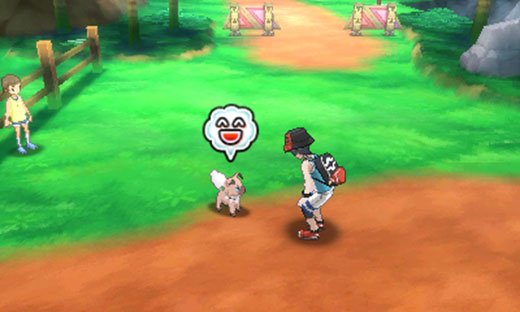
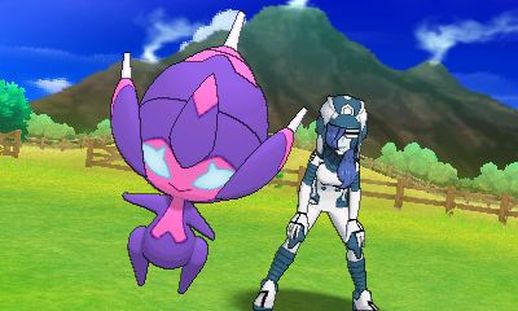
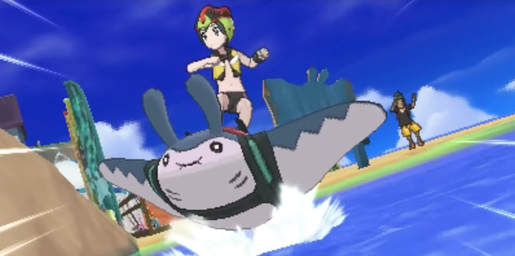
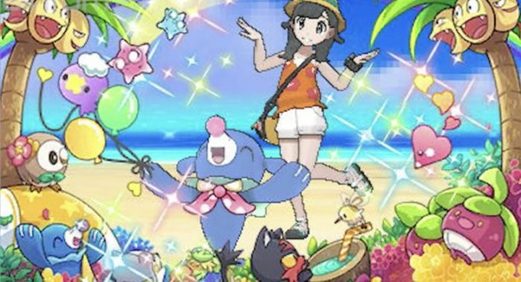

 RSS Feed
RSS Feed